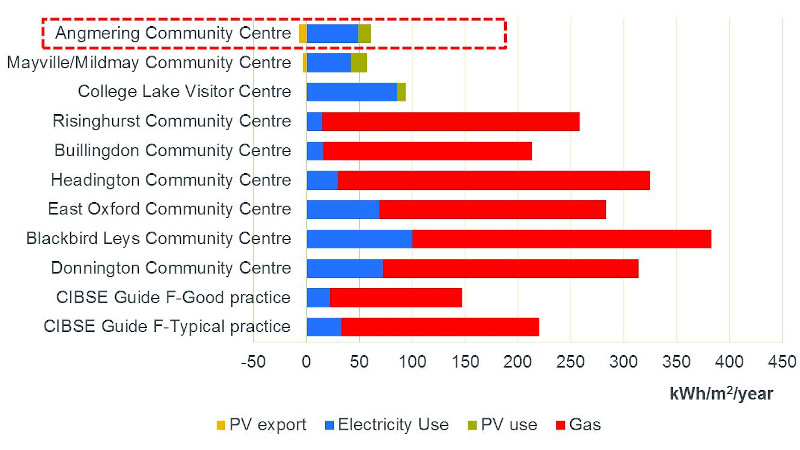The two-year BPE study provides the opportunity to optimise performance using feedback from energy consumption, demand profiles, monitoring of thermal environment and occupant satisfaction. In more detail, the following BPE methods are going to be implemented:
- Review of handover process and commissioning involving the building team, assessment of the usability of controls and a study into how external noise restrictions effect energy use and internal comfort.
- A detailed assessment of annual energy consumption over two years using CIBSE 22 procedures. Actual energy performance will be compared to benchmarks and other buildings.
- Sub-metering arrangements will be calibrated, and energy demand profiles will be analyzed using BMS data.
- Long-term monitoring will be undertaken of temperatures, humidity and CO2. To determine technical performance, spot checks and measurements will be undertaken in different seasons while walkthrough surveys will identify any wastage of energy.
- Feedback from staff and visitors using BUS questionnaires will ascertain whether needs are met and performance and usability of controls for ventilation and lighting. Structured interviews with management will investigate reliability, maintenance and maintainability.



